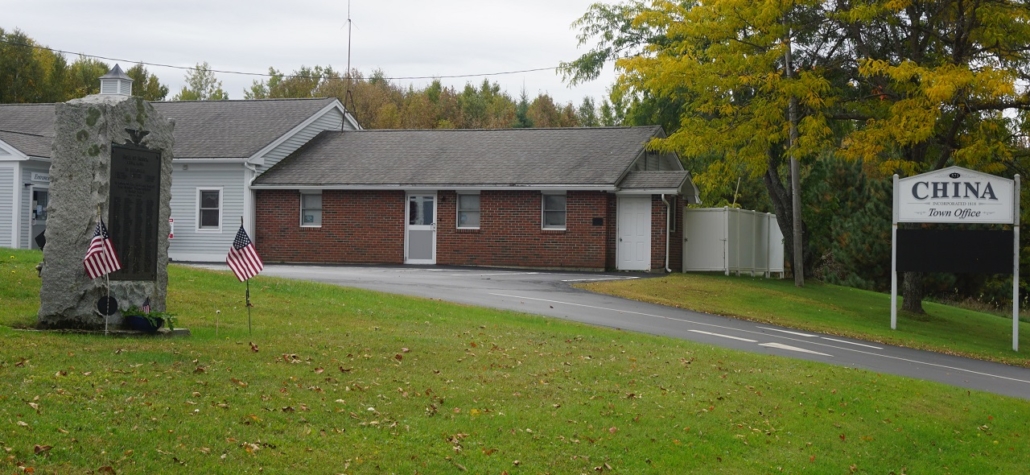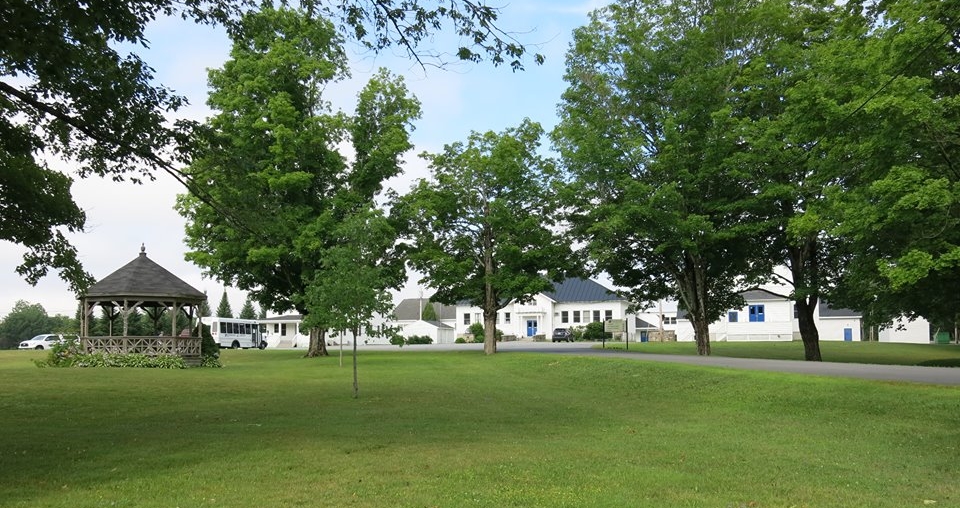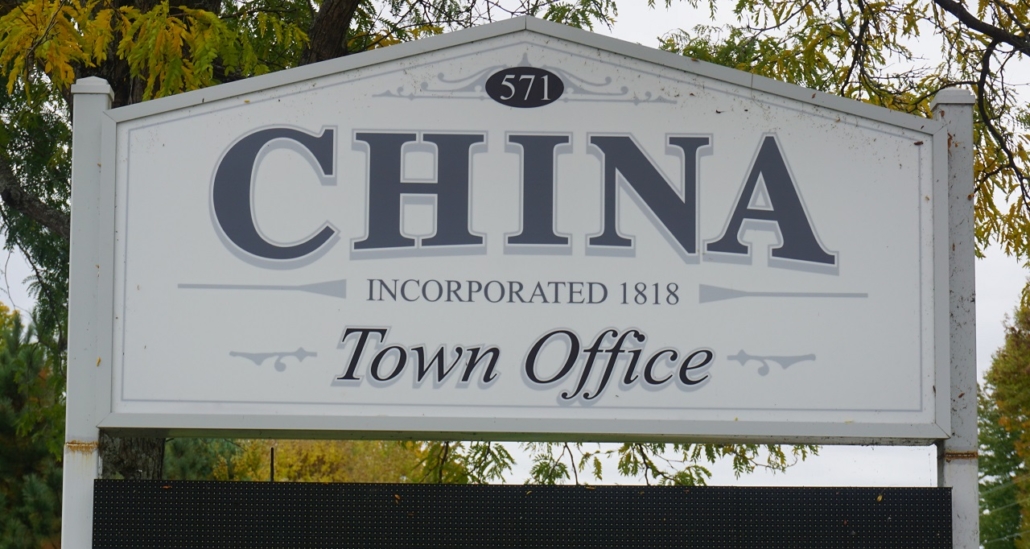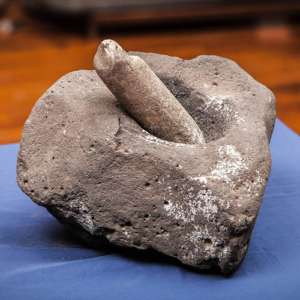China planners approve two applications; discuss potential future ordinances
 by Mary Grow
by Mary Grow
China Planning Board members approved two applications on their June 28 agenda and expanded their discussion of pending ordinances and ordinance revisions to new topics.
Permits were approved unanimously and with little discussion for:
- Together Wee Grow day care, at 166 Tyler Road, to expand capacity from 49 to 75 children, reusing a previously closed section of the building; and
- Paul Kraemer and Catrina DiMarzo to make their goat farm, at 131 South Road, commercial, adding an 8-by-45-foot shipping container to provide milking and milk processing rooms.
Board members hope to have the three ordinances or amendments they have discussed for months ready for a Nov. 8 local ballot. They are a new ordinance to regulate commercial solar developments; amendments to the Land Use Ordinance required by the state Department of Environmental Protection; and amendments to the definitions section of the Land Use Ordinance to match the other two projects.
A more-than-a-year-old draft of the solar ordinance, titled “Solar Energy Systems Ordinance,” is on the town website, china.govoffice.com, under the planning board.
Board chairman Scott Rollins listed three other topics he would like to consider for future ordinances (not for November 2022): food trucks, tiny homes and short-term rentals.
Board members are not concerned about a food truck that comes for a few days, as for a wedding or for the August China Days celebration. If, however, one were to park in town for the summer, they want to consider whether, and if so how, it should be regulated locally.
Rollins said there are three kinds of tiny homes. Some are stick-built on site; some are stick-built elsewhere and brought to a lot; and some are on wheels. The last, board members said, might be treated similarly to recreational vehicles.
Rollins and other board members have heard complaints about short-term rentals’ effect on neighbors. Issues include overcrowding, overloading septic systems, traffic and parking and, Rollins said, false advertising, when a building owner invites more paying guests than the space accommodates.
Septic system designs are based on the number of bedrooms in a house, not on the number of beds that can be fitted in, he commented.
Board members do not want to interfere with property-owners who rent their camps or homes occasionally. They agreed that an early step in drafting an ordinance would be to define “short-term,” using some combination of length of rental, number of rentals per year and number of different tenants.
They intend to start exploring other towns’ ordinances on all three topics, looking for provisions that might be useful for China.
Board members scheduled their next meeting for Tuesday evening, July 12. Rollins intends to have near-final drafts of ordinance amendments ready and to continue discussion of the solar ordinance. He thinks it likely there will be new applications to review by then.













